So what is a feasibility study? You have probably heard of it, and can even guess what it means just by thinking about the word feasible. But what does it mean specifically when it comes to product development?
What should you expect when getting one? Here I’ll go over the highlights of what we put in our feasibility studies. The benefits typically outweigh the cost, especially as complexity of a product increases. Investors prefer to have some level of this done. We provide this directly to investors to do an independent study for them before they invest.
The order below does not represent how the work is done. There is significant overlap between areas through the project. We then collect the information and put it into a readable format in the order below. We do this based on what information is typically needed first, others will have their own arrangement.
Marketing Brief
This is the first component of a Feasibility Study. It’s always helpful for clients to bring their own research, but we like to do some ourselves as well. We look at competitors, market openings, pricing, and other market information. Anything that might be helpful in seeing where in the market the product can exist and its’ target market.
BLANK
Ian Peterman, CEO Tweet
Down the line when designing the product, this information will be helpful. The Marketing Brief is, you guessed it, brief. This isn’t a full market analysis, just the high level points to be aware of. This is good for understanding placement in market, but is not your go to market strategy.
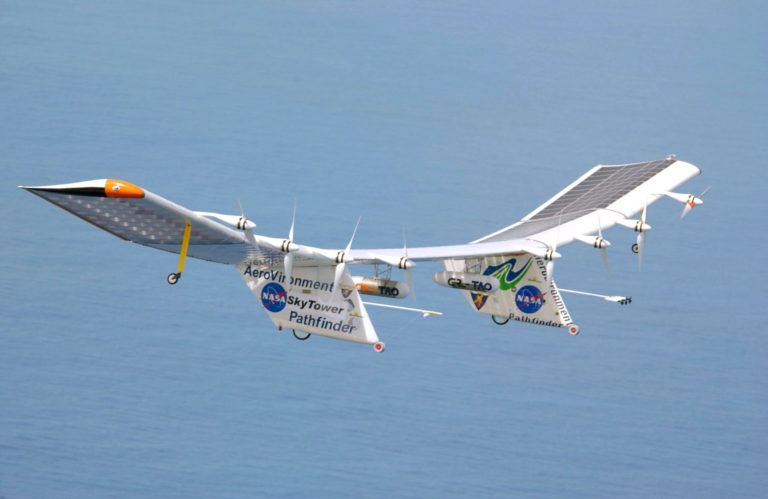
Manufacturability Brief
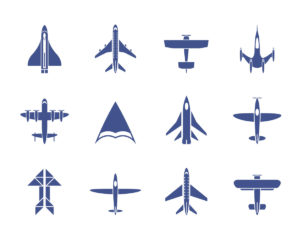
This is a review of the manufacturing side of things for the product. Whether digital or physical, every product must be made somehow. For a physical product we look at things like manufacturing, logistics, and off-shelf components.
For digital, we look at open source code, development costs, and product delivery options, basically the same things. These requirements and options impact the project from day one.
Cost Estimates
BLANK
Ian Peterman, CEO Tweet
This goes over a high-level estimate of development, prototype, and manufacturing costs. Without the final design, it’s all ball-parks, but you can still get a good idea of the budget. With a full feasibility study, typically it gets down to under 5%, plus/minus of the final budget.
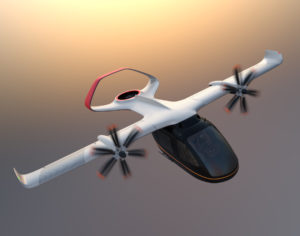
We look at the budget starting day one until in production and being marketed. Things like packaging and delivery are part of this. We also look at such things as marketing collateral and website design/development. Startups have an additional list of things we look at since they don’t have any existing assets typcially to start from.
SWOT Analysis
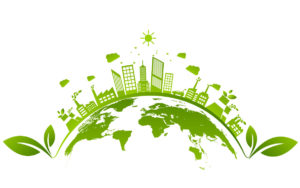
Strengths, weaknesses, opportunities, and threats. We like to create a visual list separated into these quadrants for the product itself. This isn’t for the business, just the product. This can lead to discovering ideal features and value propositions. It also allows us to see how competitive the market is. Knowing where the product is very strong and what other products may do better helps marketing.
BLANK
Ian Peterman, CEO Tweet
Idea Analysis
While we offer short idea reviews to start with, just a review isn’t a full study. When doing a larger project, or have investors, we always recommend doing a full study. The analysis takes us through the entire idea and what issues may come up. We offer solutions to perceived issues as well as general design feedback on the design. We often generate high-level concepts as optional directions for the product. This is where our design expertise gets to shine in the Feasibility Study.
BLANK
Ian Peterman, CEO Tweet
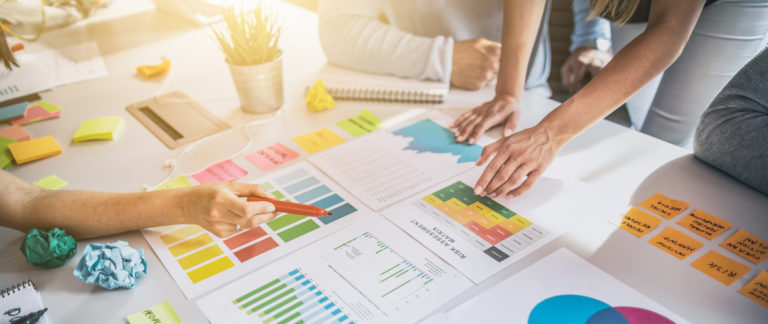
When you go to developers, you can get a range of information and pricing to get a feasibility study. I’ve seen them range from a few hundred dollars to tens of thousands of dollars and a single page to a 200 page document. Our firm provides two types of feasibility studies. One option is a short, less than 10 page, feasibility brief that’s a fixed cost.
The second option is a custom and in-depth study tailored to the exact information you need. These studies are typically 40+ pages and go very in-depth. Because of the scope of these studies, specific experts are often involved. Ranging from industrial designers and mechanical engineers, to doctors and research scientists, we find the right people. It’s all about what information you want to make the most informed decision about funding your project further.
Your Next Steps
Related Conscious Design BLOG Posts
What’s a Feasibility Study?
A feasibility study is a very important step in making sure a product will be successful. I break down what they are and why they matter.
What it Takes to Develop a Smart Product
As the Internet of Things has grown over the years, smart products have become a pretty hot item. Many people have product ideas for turning a “dumb” product into a “smart” one. It’s great, I love that we are improving our tools and gadgets in so many new and interesting ways. Technology is something that amazes me, and will probably continue to do so for the rest of my life. For a lot of people, it might seem like a fairly simple task to just add some electronics to a product and make it smart. You should understand what you or your business will need to developing such a product. You might have gotten an idea about what it really takes in our post a couple weeks ago Time, Budgets, & Luxury, but I’d like to dive more into exactly what it takes to create a smart product. There is a lot of time and effort that is beyond what low-tech products need to become a reality. For us, “smart” is anything that contains electronics that can connect to other electronics, so wi-fi, Bluetooth, NFC, USB, etc, usually there are sensors or other input points that collect data to be shared with other devices. Putting a motor into a mower doesn’t make it “smart”. Putting a computer on board with internet access, connected to an app would make it “smart”. A “smart” product doesn’t always have to touch the internet either, there are many closed circuit smart devices. IOT (internet of things) products MUST touch the internet however. In no particular order, here is a breakdown of everything that goes into developing a “smart” product. This will give you an idea of what you can expect if you choose to dive into this process. Disciplines required Most “dumb” products can get away with just an Industrial Designer or Mechanical Engineer. Both work, but you can read more about the differences in our post3 Things You Should Know About Designers & Engineers. No electronics means no coders, no electrical engineers, and many others. If you are working with basic electronics, such as motors, switches, etc, you can sometimes avoid getting an electronics person involved. BLANK Ian Peterman, CEO Tweet There are many mechanical side people who can make that happen. Now, if we’re creating a “smart” product, we will need these: App Design & Development Electronics Design Electrical Manufacturing Web Design & Development There are possibly a few others depending on how big you go, such as database development, but these areas would cover most of the work needed to get the project done. Time It can easily double the amount of time to design and develop a new product by adding in electronics that would make a product “smart”. Does this mean it would take longer on a calendar? Not necessarily. When we can, we prefer to do side-by-side development of the mechanical and electrical. This ensures both sides work together and keeps the timeline shorter. The collaboration between mechanical and electrical can really build some synergy with the project. The result is that issues can be caught earlier, avoiding them from popping up super late in the process where it’s harder and more expensive to fix. Cost BLANK Ian Peterman, CEO Tweet Double the time, at least double the cost. Electronics are usually more expensive to prototype. The benefit is the manufacturing on the back end makes super components, even fully custom ones. These products also sell for a higher premium than their “dumb” counter parts. Planning Working on more complex projects such as this involves a lot more planning and project management. Here at the Peterman Design Firm, that is one of our core competencies. You need to make sure the firm you work with has experienced Project Managers on its team. They also need to be able to handle the load required to bring such a product to life. BLANK Ian Peterman, CEO Tweet Network We’ve talked about how important your network is in our last post Building Your Network for Success. This is a place where it really matters as you need so many resources to get the project completed. If you are working with some of the very large and expensive firms out there, they probably have such a large in-house team they can handle most things, but you pay for it. Medium sized firms often still have the network and don’t do everything in-house. Small ones and freelancers don’t always have the network you need and are often still building them. The caveat of course is if they have been in business for 20 plus years, they probably have a good network. Feasibility Study BLANK Ian Peterman, CEO Tweet I put this here just because people like to skim, and this is a key part. Feasibility studies should never be skipped with products in this category. A feasibility study is very important to do at the beginning of your project. The firm you choose to use should be able to offer this service by itself. Don’t commit to full development until you know it can be done. A complete feasibility study from the Peterman Design Firm will give you cost expectations for the entire project, time frame, potential issues, project duration estimation and breakdown, and some market information on competitors. If you’d like to learn more about feasibility studies, check out our post What’s a Feasibility Study? When you have a great idea for a “smart” product, it’s at least worth getting a consultation on the idea. If your budget can handle it, a feasibility study would be valuable. Then if it looks good, invest the money. The great thing with “smart” products is that they are in high demand. Plus we seem to be on an exponential growth with them. For now, it’s a trend I feel will stay with us for a while, if not permanently. Your Next Steps Developing Smart Products What does it take to develop a smart product?
5 Tips for Market Research & Analysis
Wondering about Market Research & Analysis? This will give you a few tips on what it is and how to start your own research.

